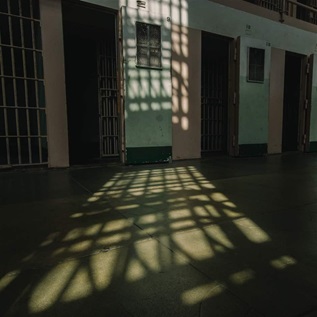Public Safety in Rhode Island
In July 2015, Rhode Island Governor Gina Raimondo (D) established the Justice Reinvestment Work Group, a bipartisan, interbranch task force, to assess and improve the state’s corrections system. The work group will help ensure that Rhode Island prioritizes its limited corrections resources for serious felons while reducing recidivism and investing in effective alternatives to incarceration for lower-level offenders.
In 2013, Rhode Island had the nation’s third-highest percentage of residents under probation supervision but devoted just 8 percent of its corrections budget to probation and parole services. Meanwhile, corrections spending made up nearly half the state’s public safety costs, crowding out other priorities. In partnership with Pew and the federal Bureau of Justice Assistance, the Council of State Governments Justice Center will provide technical assistance to the work group, which was charged with submitting policy recommendations before the next legislative session.
“If we want to keep families and communities safe and give every Rhode Islander the chance to lead a productive life, and if we want to invest taxpayers’ dollars more efficiently and effectively, we have to institute real reforms.”Governor Gina Raimondo (D)
Creation of the task force follows a round of reforms made by Rhode Island leaders in 2008. After seeing its average daily prison and jail population reach a high of 3,800 in 2007—with an additional 21 percent increase expected by 2017—the state enacted legislation to contain corrections growth while protecting public safety. The legislation, H.B. 7204, standardized the calculation of earned time credits, established risk-reduction program credits, and required the use of risk assessments to inform parole release decisions. Following this initial round of reforms, Rhode Island’s incarcerated population fell by 19 percent while its recidivism rate decreased simultaneously.






